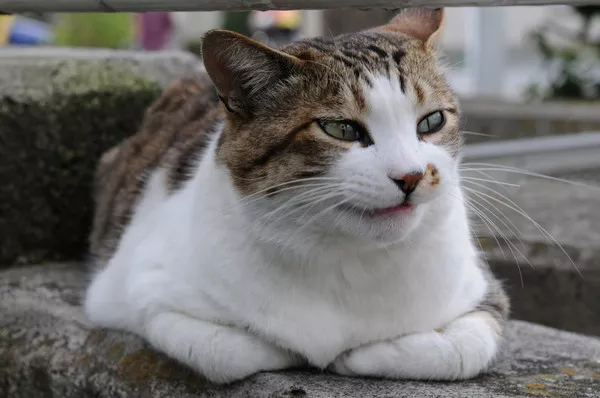The recent study conducted at The Ohio State University provides fascinating insights into the relationship between pet cat nutrition, gut health, and obesity, offering potential applications for understanding human obesity. This research has highlighted the significant similarities between the microbiomes of cats and humans, suggesting that pet felines could serve as optimal models for studying obesity-related conditions in humans.
The primary objective of this study was to investigate the gut health of pet cats in relation to their weight loss and maintenance. By analyzing fecal samples from obese cats undergoing a weight loss regimen, the researchers aimed to observe changes in the microbiome and understand their implications for obesity and related metabolic conditions.
The findings are particularly significant because they suggest that cats, due to their close living environments with humans and similar dietary exposures, can serve as effective models for studying human obesity. This revelation could pave the way for new microbiome-directed therapeutics for obesity in humans.
For the study, published in Scientific Reports, seven obese cats were put on a “four-phase diet” over 16 weeks. The diet phases included:
Phase 1: Free-feeding of commercial cat food for two weeks.
Phase 2: Free-feeding of a specially formulated weight-loss diet for one week.
Phase 3: Calorie-restricted feeding of the weight-loss diet for 11 weeks (aiming for 1-2% body weight reduction per week).
Phase 4: Return to the original maintenance diet.
Fecal samples were collected during each phase, and the researchers analyzed changes in short-chain fatty acids (SCFAs) metabolites, particularly focusing on propionic acid, a molecule linked to appetite regulation, fat accumulation reduction, and protection against obesity and diabetes in other mammals.
As the cats lost weight, an increase in the presence of propionic acid in their feces was observed. This increase correlated with the calorie-restricted phase of the diet, indicating a direct impact of dietary changes on the gut microbiome.
The changes in the cat microbiomes during weight loss were found to be notably similar to those observed in humans undergoing the same process. This similarity underscores the potential of using cats as models for studying the gut microbiome’s role in obesity and developing targeted treatments.
Pet obesity is a significant issue, affecting 60% of domesticated cats in developed countries. This study’s findings offer promising avenues for future research into feline obesity and overweight.
Jenessa Winston, the study’s lead author, is overseeing two large clinical trials at Ohio State, exploring the potential of transplanting fecal matter from lean cats and dogs into those with overweight and obesity. Previous research into dog gut health has revealed that probiotics could facilitate weight loss in obese dogs, suggesting similar potential for cats.
Winston’s lab is focused on understanding how disease states differ from health to better target and harness the therapeutic power of microbes. This approach aims to develop more effective treatments for obesity by manipulating the gut microbiome.
The study conducted at The Ohio State University offers groundbreaking insights into the relationship between pet cat nutrition, gut health, and obesity. By highlighting the similarities between the microbiomes of cats and humans, it opens up new possibilities for research and treatment of obesity in both species. As research continues, the therapeutic potential of manipulating the gut microbiome could lead to significant advancements in managing and treating obesity.
























